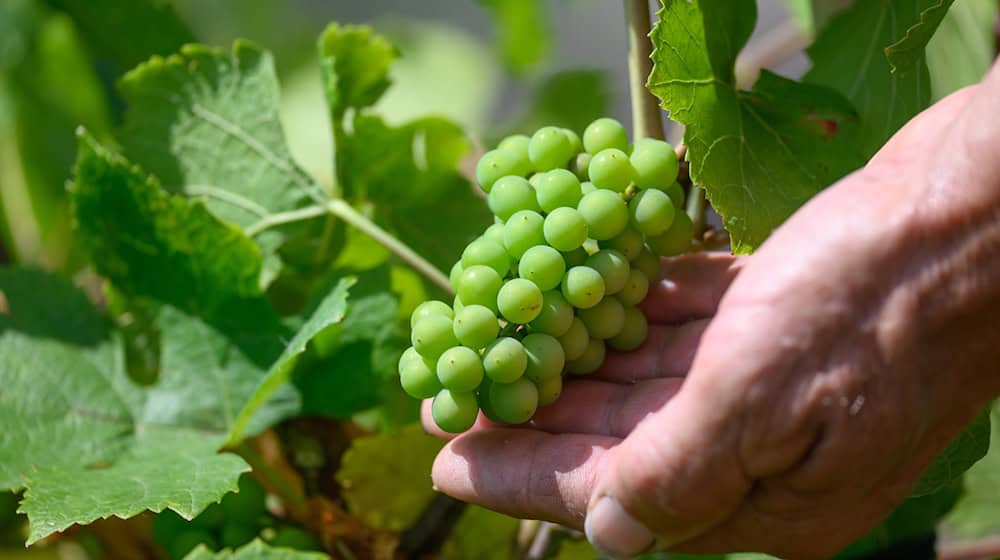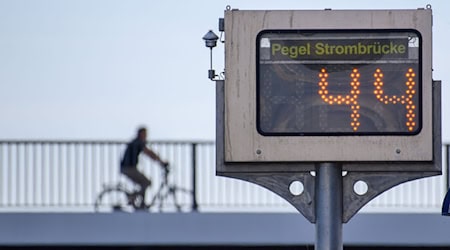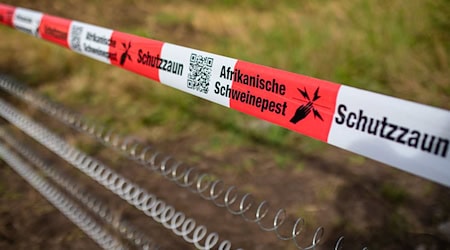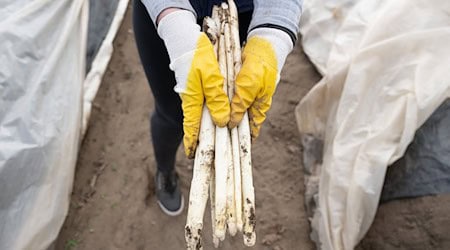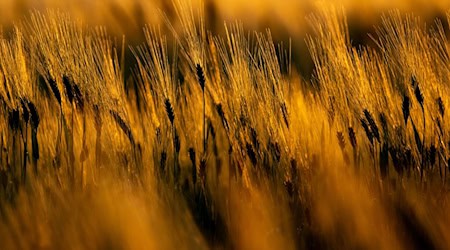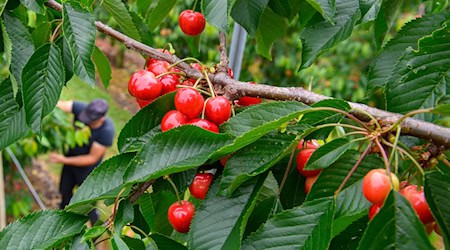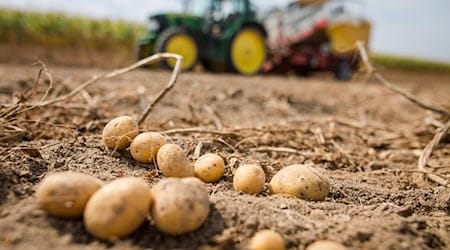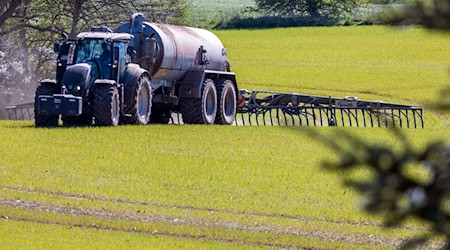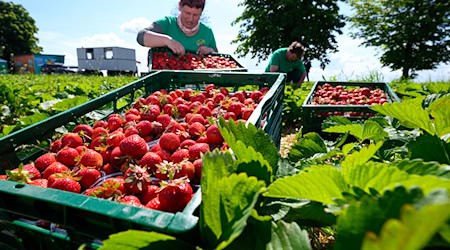Despite all efforts after hours of frost at night in April, 2024 is not a good year for winegrowing in Saxony. "But everyone will be able to reap some kind of small harvest," says Felix Hößelbarth, Chairman of the Saxony Winegrowers' Association. The "green foliage" of the vineyards in the Elbe Valley belies the fact that there are "significantly fewer grapes on the vines than in normal years". This also applies to areas that the frost did not reach or that were protected by fire. "The bottom line is that we expect a very, very small harvest."
The head of the association reckons that only 20 to 30 percent of a normal harvest will end up in the cellars. And in addition to investing in the maintenance and care of the facilities for the next season, the harvest also means additional work. "There are years when everything comes together: late frosts, then too cold and wet weather at flowering time, which was very unfavorable for the grapes that had just sprouted," reports Hößelbarth. As a result, only some of the blossoms turned into berries.
Frost aid from the state and federal government also for Saxony's winegrowers
At the end of May, the winegrowers' association estimated the loss of yield in the Elbe Valley at around 34 million euros and the loss at 83 percent. The Saxon cabinet released up to 22 million euros in funding for the major damage in fruit and winegrowing, and the federal government has applied to the EU Commission for emergency financial aid for the affected federal states from the agricultural reserve. The process is still ongoing.
Now everyone is hoping for a golden fall. The grapes need stable high-pressure weather, not too hot, but sunny, "and a nice land rain in between", they say in unison. And according to Hößelbarth, the harvest with the very early varieties could start as early as the last week of August - and then 2024 could be a good year, at least in terms of quality.
Copyright 2024, dpa (www.dpa.de). All rights reserved

